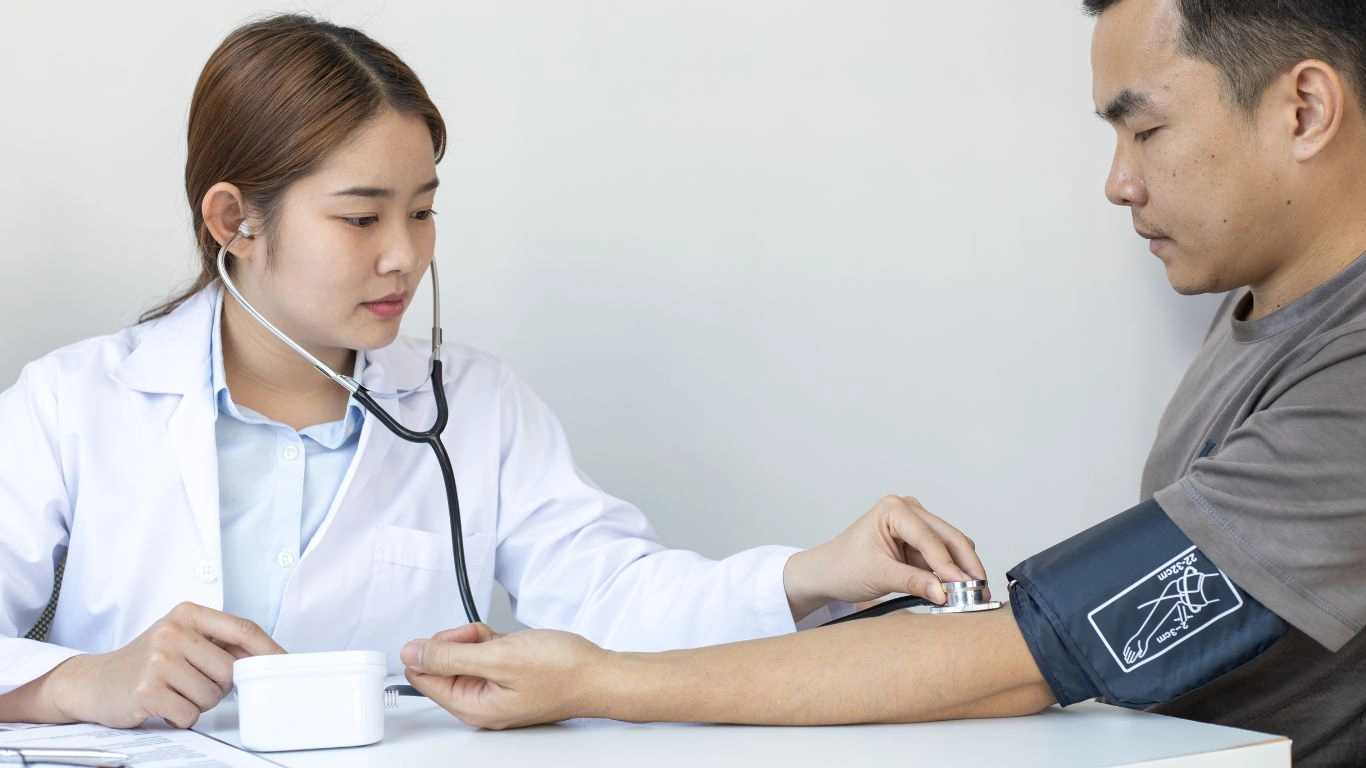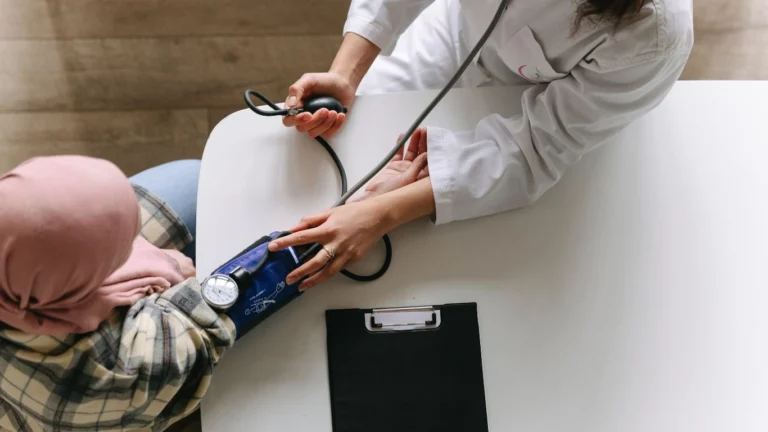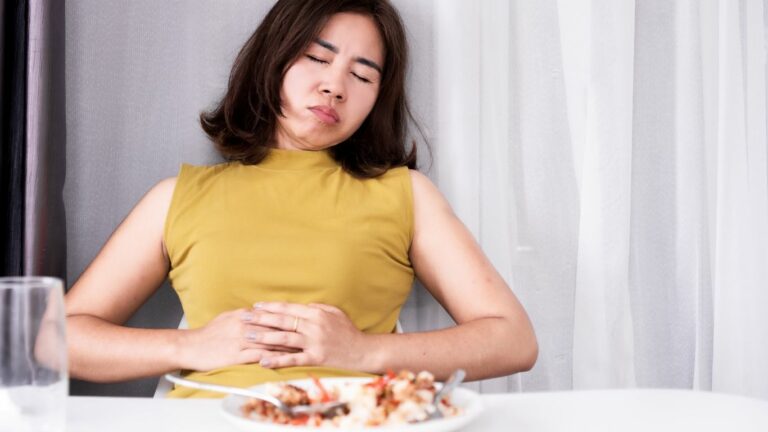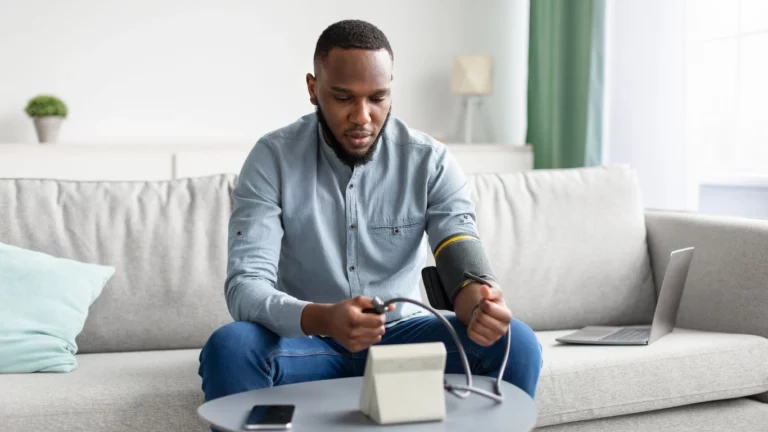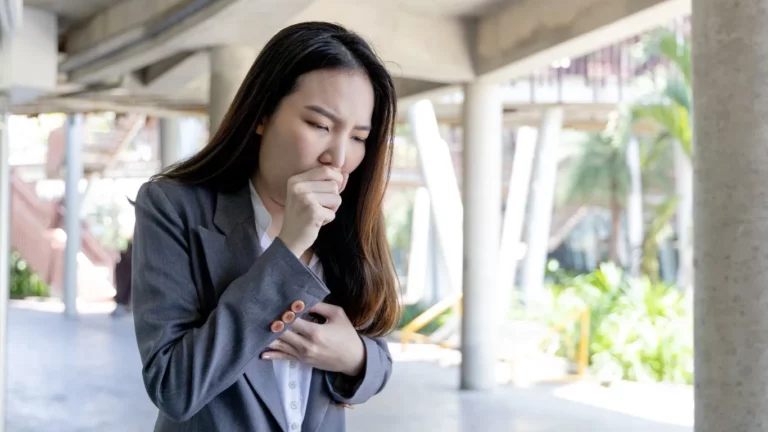Lower Blood Pressure Naturally: Proven Tips for a Healthier Life
Managing Hypertension Naturally: Simple Lifestyle Tweaks

So, now that we’ve covered the basics in Part 1, let’s dive into the good stuff—how to actually manage high blood pressure without turning your life upside down. Trust me, I’ve been there. When I first started looking into ways to lower my BP naturally, I was overwhelmed by all the conflicting advice. But after lots of trial and error, I found a few key strategies that actually work.
Now, let me be real with you—there’s no magic pill. But with some simple tweaks, you’ll be surprised at how much control you can regain over your health.
1. Get Moving, But Make It Fun
Yeah, yeah, we all know exercise is good for us, but the idea of hitting the gym for hours sounds awful, right? The good news is—you don’t have to. The trick is finding something you enjoy so it doesn’t feel like a chore.
- Go for a brisk walk after dinner. Bonus: It helps with digestion too.
- Try dancing in your living room (seriously, it’s a workout!).
- Take up a hobby like cycling or swimming—both are fantastic for heart health.
- Strength training? Yep, even light resistance exercises can lower BP.
Consistency is key. I started with 10-minute walks, and now I look forward to my daily movement. Small changes, big results.
2. The Power of Food: What to Eat & What to Ditch
Food plays a huge role in blood pressure. Some things you eat can send it skyrocketing, while others can bring it back down to earth.
Best foods for lowering BP:
- Leafy greens (spinach, kale)—packed with potassium to balance sodium levels.
- Berries—loaded with antioxidants that keep blood vessels healthy.
- Bananas—one of the easiest ways to get more potassium.
- Beets—they contain nitrates that help lower blood pressure naturally.
- Dark chocolate (yep, you read that right)—as long as it’s at least 70% cacao.
Foods to avoid (or at least cut back on):
- Processed foods—they’re usually loaded with hidden sodium.
- Sugary drinks—excess sugar can increase BP over time.
- Alcohol—a little is fine, but too much can wreak havoc.
- Red meat—swap it out for lean proteins like fish or chicken.
Personally, I found that making small swaps (like replacing chips with nuts or drinking herbal tea instead of soda) made a big difference.
3. Stress Less, Breathe More
Stress is a silent killer, no joke. Ever noticed how your BP shoots up when you’re anxious? Managing stress is crucial, and the best part is—you don’t need fancy meditation retreats to do it.
Here are some easy stress-busting tricks:
- Deep breathing exercises: Try inhaling for 4 seconds, holding for 7, and exhaling for 8.
- Mindfulness & meditation: Even 5 minutes a day can work wonders.
- Journaling: Writing down your thoughts helps clear mental clutter.
- Laugh more: Watch a comedy, call a friend—laughter really is the best medicine.
Stress used to be my biggest BP trigger, but once I started using these techniques, I noticed a real difference.
How Sleep Affects Your Blood Pressure
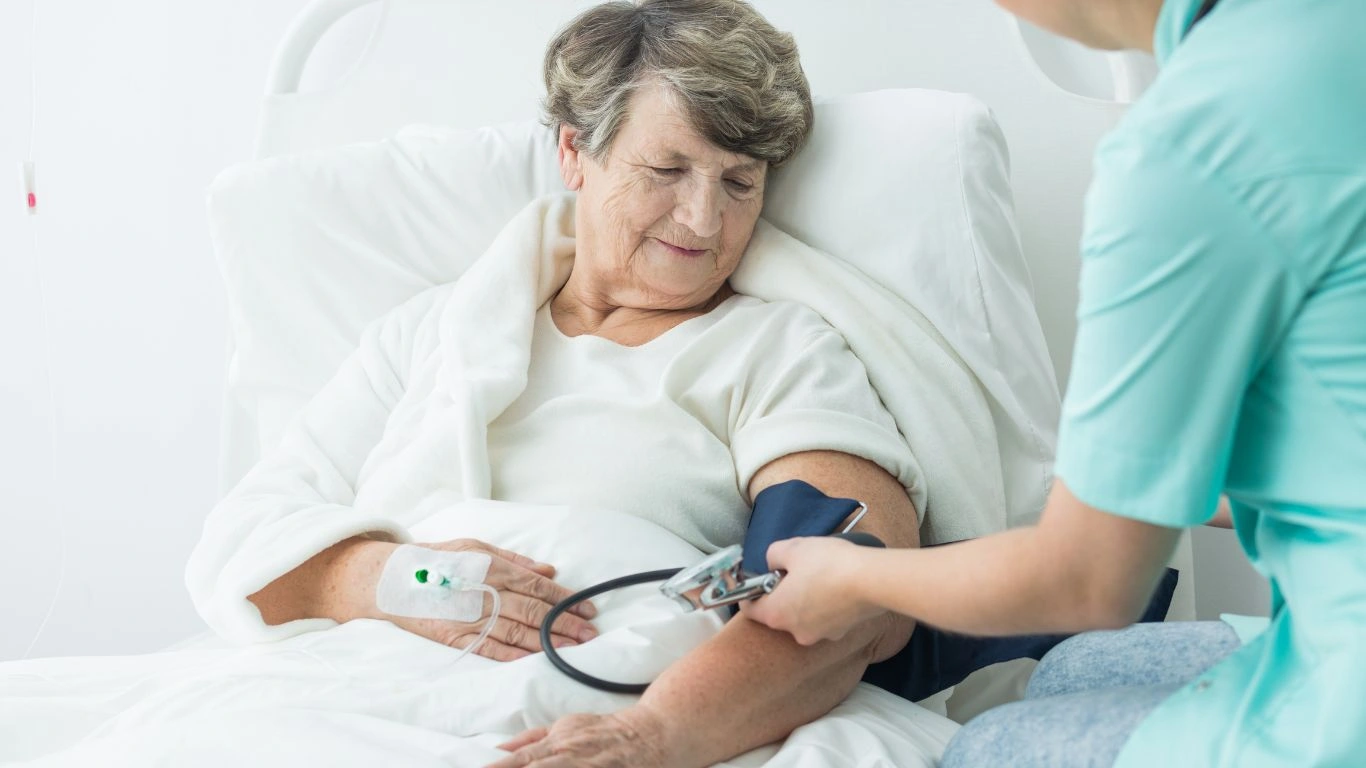
Ever wake up feeling groggy and sluggish? Poor sleep doesn’t just make you cranky—it can actually raise your blood pressure. Studies show that getting fewer than six hours of quality sleep per night is linked to hypertension.
Here are a few simple ways to improve your sleep:
- Stick to a schedule: Going to bed and waking up at the same time helps regulate your body’s internal clock.
- Limit screen time before bed: Blue light messes with your melatonin levels.
- Make your bedroom a sleep-friendly zone: Keep it dark, cool, and quiet.
- Avoid heavy meals late at night: Digesting food while lying down isn’t ideal.
Once I prioritized sleep, I noticed a difference in my energy levels and blood pressure readings. Give it a shot!
Final Thoughts: Small Steps, Big Impact
Managing hypertension doesn’t have to be overwhelming. Start small—maybe swap out one unhealthy meal, take a short walk, or practice a few deep breaths when you’re feeling stressed.
And remember, consistency is everything. The little things add up over time. I’ve seen it firsthand—not just in myself, but in friends and family who made simple changes and saw incredible results.
So, if you’re struggling with high blood pressure, know that you’re not alone. And more importantly—you have the power to take control of your health. One step at a time.
Got any tips or personal experiences with managing hypertension? Drop a comment below—I’d love to hear from you!
Case Studies & Real-Life Examples: Proof That It Works

Alright, we’ve covered the science and lifestyle tweaks—but let’s talk about real people who have successfully managed their blood pressure. Because let’s be honest, hearing actual success stories makes all this advice feel more doable.
1. Mark’s Journey: From “It Runs in the Family” to Taking Control
Mark, a 52-year-old accountant, always assumed high blood pressure was inevitable. His dad had it, his grandpa had it—so he figured he was doomed. But when his doctor suggested medication, he hesitated. Instead, he decided to try some natural methods first.
What Mark did:
- Started walking 30 minutes every morning before work.
- Switched from processed foods to home-cooked meals.
- Cut back on alcohol and started drinking more water.
- Practiced deep breathing exercises when stressed at work.
The results? Three months later, his blood pressure dropped from 145/90 to 125/80. His doctor was amazed, and so was he. No medication needed!
2. Sarah’s Story: Beating Stress-Induced Hypertension
Sarah, a 38-year-old single mom, found out her BP was creeping into the danger zone. She was juggling a stressful job, kids, and barely getting any sleep. Stress was her biggest trigger.
What Sarah did:
- Started doing 10-minute guided meditations at night.
- Prioritized sleep—no more scrolling Instagram at 2 AM.
- Added potassium-rich foods (bananas, avocados) to her diet.
- Started journaling to manage daily stress.
The results? Within six weeks, her readings improved significantly. She felt more energetic, calmer, and in control.
3. My Own Experience: Small Changes, Big Wins
Not gonna lie, when I first saw my blood pressure readings creeping up, I panicked. I assumed I was “healthy enough.” Turns out, my stress levels and diet weren’t doing me any favors.
I started with small adjustments—drinking more water, swapping my afternoon coffee for green tea, and squeezing in daily walks. Within a few months, my numbers improved, and I felt so much better overall.
Key Takeaways: What You Need to Remember
Alright, let’s wrap this up with the biggest takeaways from this whole series.
- Movement is medicine: Even 15-30 minutes a day can make a huge impact.
- Food matters: More potassium, less sodium, fewer processed foods.
- Stress is sneaky: Managing stress (meditation, deep breathing, or just laughing more) is crucial.
- Sleep is underrated: Poor sleep raises blood pressure—prioritize quality rest.
- Consistency is key: Small, sustainable changes work better than extreme diets or fads.
FAQs
Let’s tackle some common questions people have about managing hypertension.
1. Can I lower my blood pressure without medication?
Absolutely! Many people successfully manage their BP with lifestyle changes alone. However, if your numbers are dangerously high, medication may be necessary—always check with your doctor.
2. How long does it take to see results?
It depends on the person, but most people notice improvements within a few weeks to a couple of months when consistently making changes.
3. Do I have to cut out salt completely?
Nope! Your body needs some sodium. The key is balance—reduce processed foods and opt for natural sources of sodium like sea salt or Himalayan salt in moderation.
4. What’s the best exercise for lowering blood pressure?
A combination of cardio (like walking, swimming, or cycling) and strength training works best. But honestly, the best exercise is the one you’ll actually stick with.
Bonus: Additional Resources & DIY Tips
Want to dive deeper? Here are some extra resources to help you on your journey:
- American Heart Association – Science-backed advice on heart health.
- PubMed – Studies and research on hypertension management.
- Mayo Clinic – Trusted medical advice and lifestyle tips.
And if you’re looking for a quick start, try these DIY tips:
- Make your own electrolyte drink: Mix water, a pinch of Himalayan salt, and a squeeze of lemon for a natural hydration boost.
- Use herbs instead of salt: Swap table salt for garlic powder, turmeric, or basil to add flavor without the sodium.
- Try a gratitude journal: Writing down three things you’re grateful for each day can lower stress and improve your mindset.
Appendix: References, Disclaimer, & Call to Action
References:
Disclaimer: This article is for informational purposes only and should not replace professional medical advice. Always consult your healthcare provider before making any major lifestyle changes.
Final Words
Alright, we’ve made it to the end of this three-part series! If there’s one thing I want you to take away, it’s this: You have way more control over your health than you might think.
High blood pressure isn’t a life sentence. With the right habits, you can turn things around, feel better, and even avoid medications in some cases. Just start where you are—one step at a time.
Got questions? Drop a comment below! Let’s keep the conversation going. And if you found this helpful, share it with someone who might need it.
#LNF

Dr. Gwenna Aazee is a board-certified Internal Medicine Physician with a special focus on hypertension management, chronic disease prevention, and patient education. With years of experience in both clinical practice and medical writing, she’s passionate about turning evidence-based medicine into accessible, actionable advice. Through her work at Healthusias.com, Dr. Aazee empowers readers to take charge of their health with confidence and clarity. Off the clock, she enjoys deep dives into nutrition research, long walks with her rescue pup, and simplifying medical jargon one article at a time.
